Green buildings – key to sustainable urban development in Vietnam
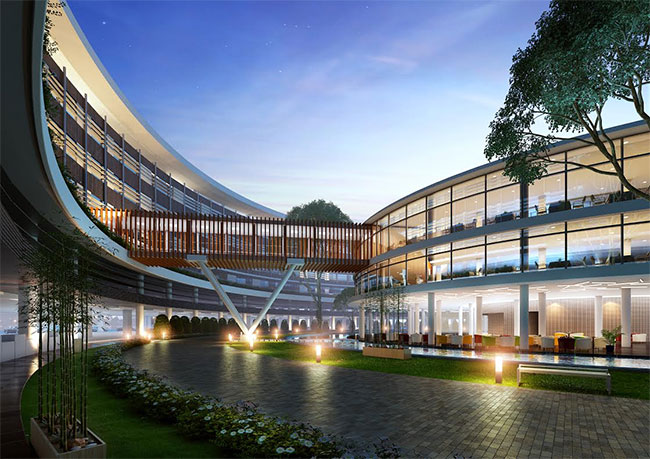
With an average of 12 per cent in annual construction growth in the past decade, even greater ecological and financial losses will be sustained unless building inefficiencies are soon addressed. At the same time, relevant policies and practices can be implemented to unlock buildings’ huge potential to save energy, costs, as well as reduce CO2 emissions.
Green buildings are a solution to Vietnam’s need to achieve sustainable urban development in an environmentally friendly manner. Such structures are defined as environmentally responsible and resource-efficient over their full life cycles. Cities – when built to green economic principles – can actually lessen a society’s impact on the environment due to the lower levels of carbon dioxide emissions per capita from green buildings. Green buildings also reduce operating costs, improve workplace productivity, and use materials in a sustainable manner.
Green buildings also make good business sense. If planned well, green buildings have little to no increase in capital construction costs, and will actually save significant amounts of money in the long run. International Finance Corporation’s (IFC) detailed technical study for the Vietnam Building Energy Efficiency Code (BEEC) shows that with a 2-4 per cent increase in capital costs, a 25-30 per cent reduction in monthly energy bills is possible. If implemented in new buildings across the country, this would save Vietnam billions of US dollars in energy costs, reduce the country’s dependency on imported energy, as well as the need for developing costly new power plants.
Looking at the experiences of the U.S., Europe, and Singapore, it’s clear that the higher up-front costs for green buildings is offset by the higher sales prices (up to 9 per cent) and higher sales ratios (up to fourfold faster than other buildings). The higher asset value for green buildings is also attractive to banks and financial institutions who lend to builders and buyers.
While the environmental and financial benefits of green buildings are increasingly being recognised in Vietnam, a simple building-design tool guiding financial investments and design decisions has been missing until now.
IFC’s Excellence in Design for Greater Efficiencies (EDGE) offers an alternative to more expensive green labelling systems by providing cost-effective, energy-efficient solutions specifically developed for emerging markets. While EDGE is a broad design for over 100 of the world’s fast emerging economies, including China, India, Brazil, Indonesia, and Vietnam, it still offers a customised solution for Vietnam taking into account its unique construction practices, weather and construction costs. At the heart of the certification is a free-to-use web software, available at www.edgebuildings.com, that can be used for evaluating 5 of the most common building types (homes, hotels, hospitals, offices, and retail buildings). The software allows design professionals, developers, investors and government officials to very quickly evaluate their new building design. The software provides the cost and savings impact of various measures for the specific building being evaluated. If the EDGE standard for saving 20 per cent in electrical consumption, water consumption, and material embodied energy is achieved, the project can apply for EDGE certification. After professional evaluation by Vietnam-based auditors, certification can be provided. This entire process is available to the building owners at a fraction of the cost of other rating systems.
EDGE certification is complimentary to the Vietnam Building Energy Efficiency Code, and also facilitates those developers keen to exceed the minimum standards set by the code.
Nam Long Investment Corporation and FPT City Danang JSC are the first developers to have embraced EDGE in Vietnam in 2014. With IFC’s support, PT Ciputra Residence in Indonesia and Imperial Homes in the Philippines have also received EDGE certifications for some of their new building projects. These companies are ushering in a new and exciting building market trend in the region,
illustrating how affordable green buildings can deliver benefits for all. Globally launched in September 2014, EDGE certification is being officially launched in Vietnam in early June 2015.
“Before being introduced to EDGE, we thought energy efficiency would involve high investment capital,” said Nguyen Ngoc Thanh, design director at Nam Long Investment Corporation. “As a developer of affordable housing, EDGE provided us with low-cost solutions that enable operational savings without significantly increasing our capital expenditure, while improving the value of the homes.”
By incorporating green features, such as energy-efficient lighting and low-flow faucets, into its new Bridge View Apartment building, Nam Long Investment Corp. expects to cut the building’s use of energy by 20 per cent, water use by close to 22 per cent, and construction materials by almost 27 per cent.
“Adopting EDGE design standards added just 2 per cent to construction costs, which is acceptable to investors and affordable for homebuyers as they will be able to cut their monthly electricity and water bills by at least 20 per cent,” said Thanh.
IFC is aiming to award EDGE certifications to 20 per cent of new urban construction projects in Vietnam by 2021. This level of penetration will help cut operational expenses, reduce carbon dioxide emissions, and help the country’s economy in general.
“The drivers behind EDGE are financial, but the results are environmental. EDGE helps mitigate climate change by encouraging the resource-efficient development of buildings, while yielding significant cost savings,” said Autif Sayyed, IFC’s green building specialist in East Asia and the Pacific. “This is particularly important as 70 per cent of the world’s population is expected to live in cities by 2050, triggering a huge demand for buildings in the future.”
What the stars mean:
★ Poor ★ ★ Promising ★★★ Good ★★★★ Very good ★★★★★ Exceptional
Latest News
More News
- Task obvious for Vietnam’s green building development (October 02, 2023 | 14:57)
- Only world-class level can ensure truly green buildings (October 02, 2023 | 13:00)
- Frasers Property Vietnam receives LEED Gold certification for new commercial building (September 07, 2023 | 18:52)
- Vietnam ranks 28th worldwide in terms of green buildings (July 12, 2023 | 14:04)
- Everpia launch the first green building factory in Vietnam (July 11, 2023 | 13:45)
- Phuc Khang Corporation kicks off 'Green Study Tour' (June 19, 2023 | 10:10)
- Enhancing resistance of buildings to natural disasters (April 20, 2023 | 14:45)
- Sustainable architectural solutions for Vietnamese homes (April 20, 2023 | 10:01)
- Phuc Khang Corporation's CEO attains new green building accolades (January 09, 2023 | 07:15)
- KONE Vietnam shines at Smart City Award 2022 (December 02, 2022 | 18:34)



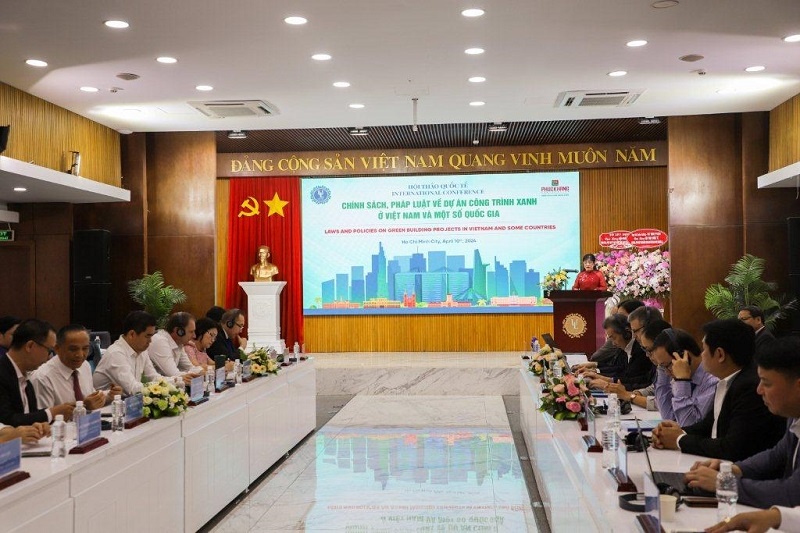
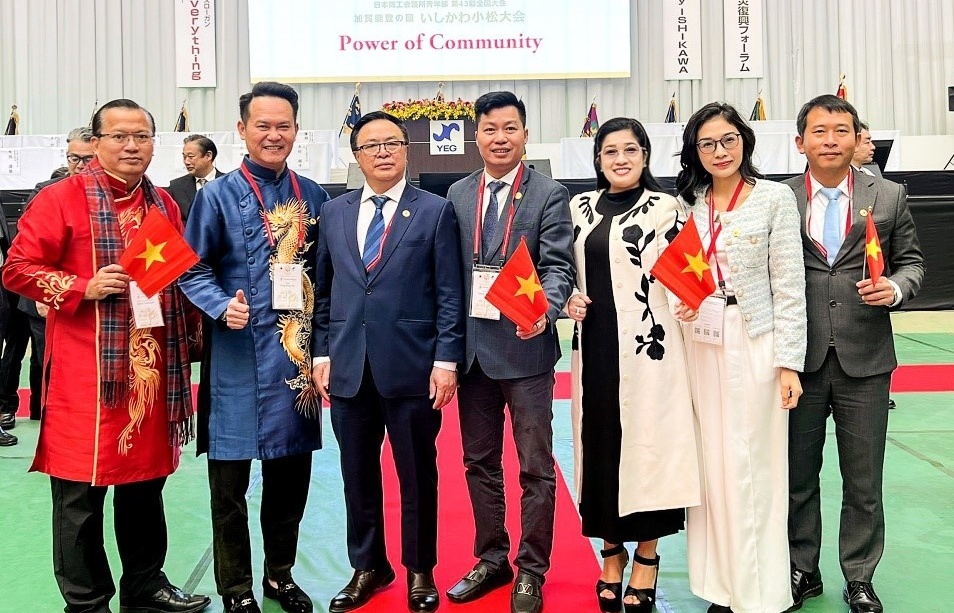

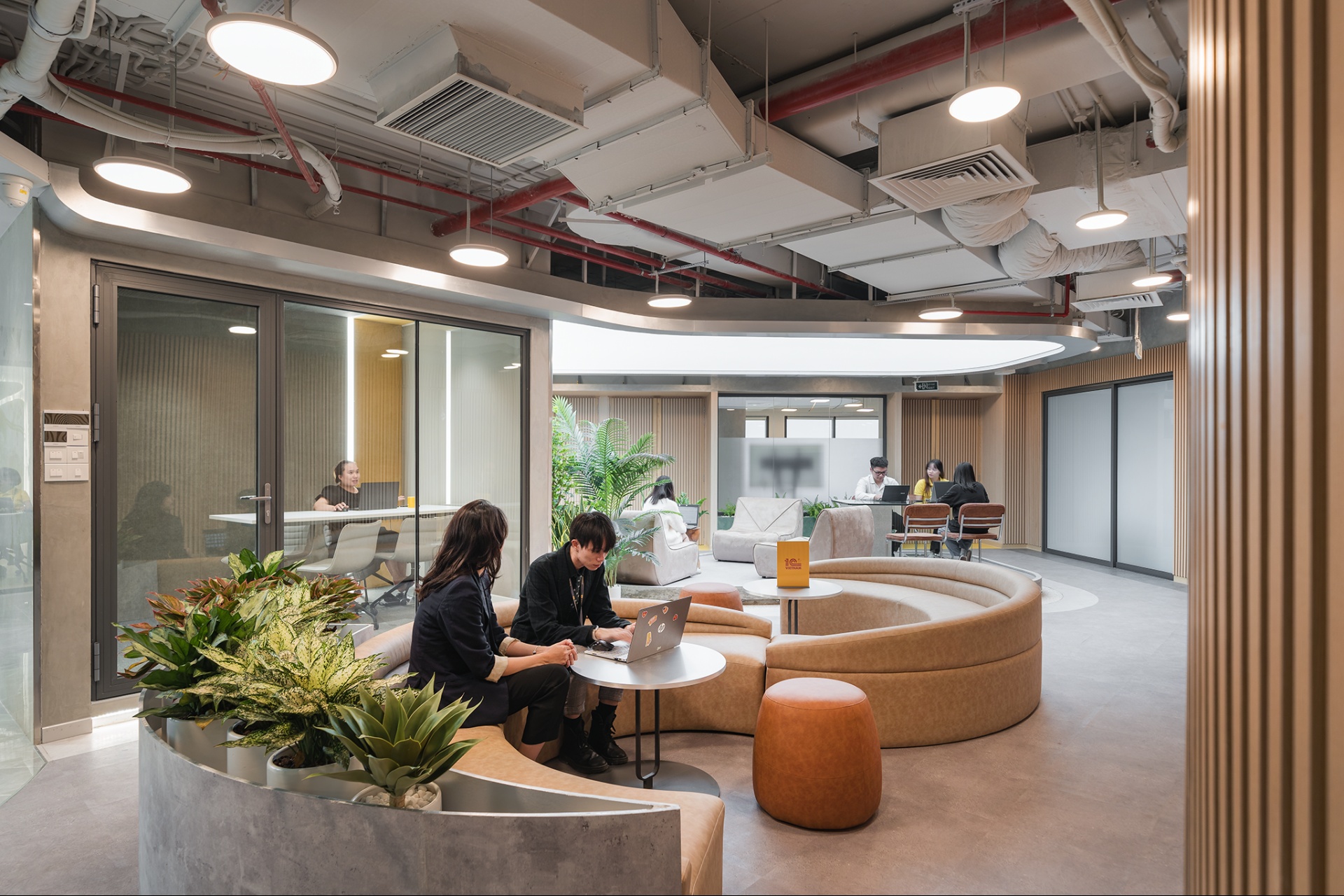
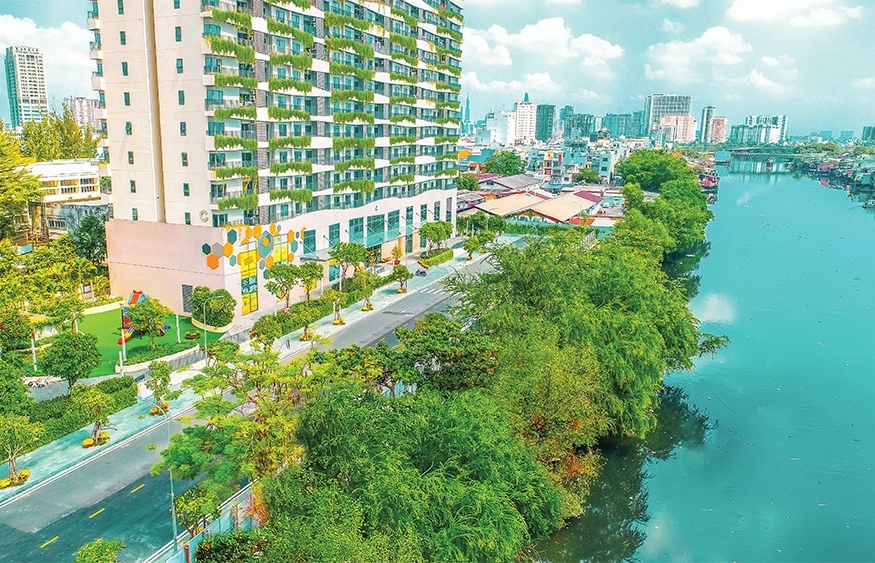
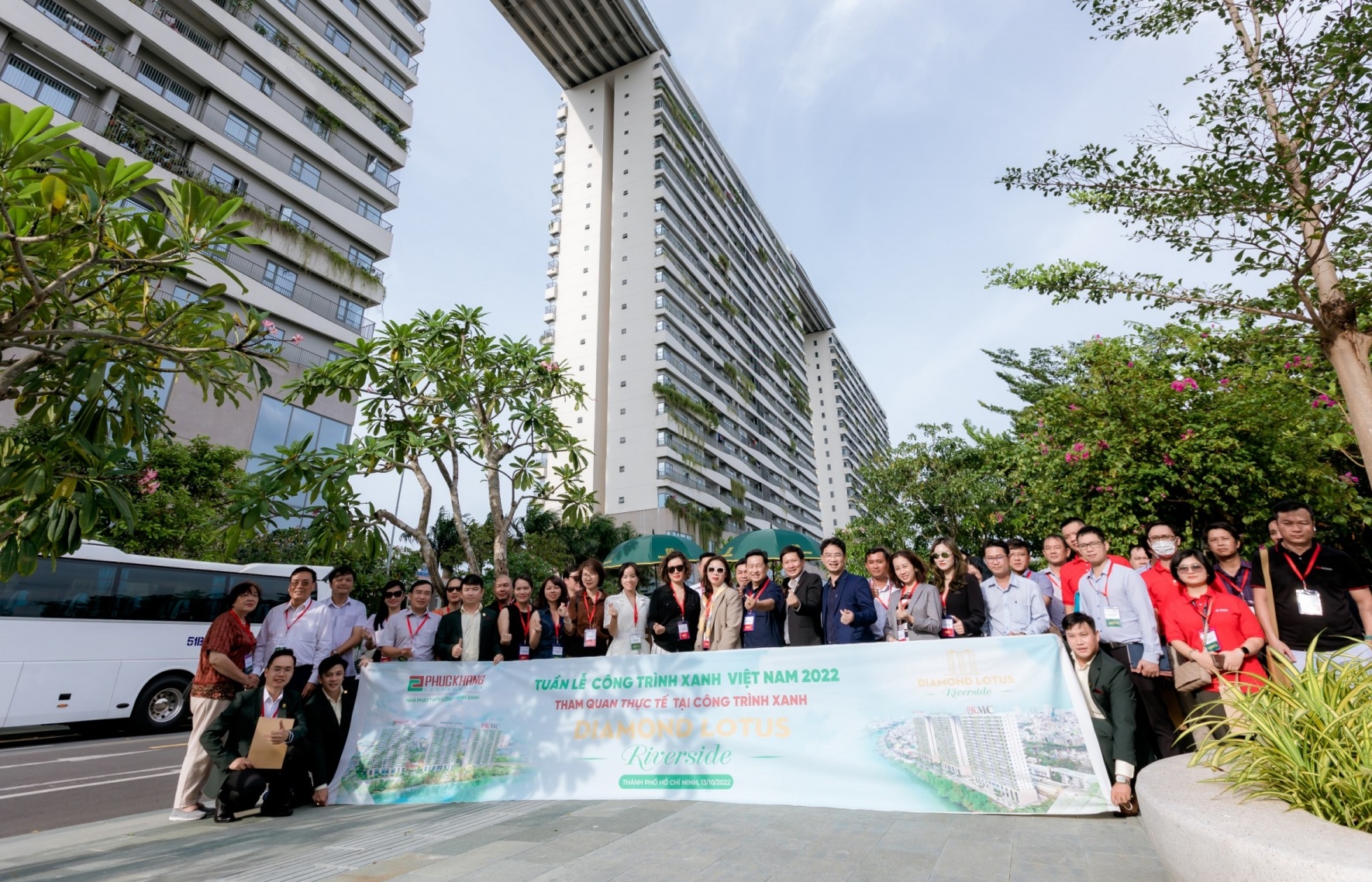


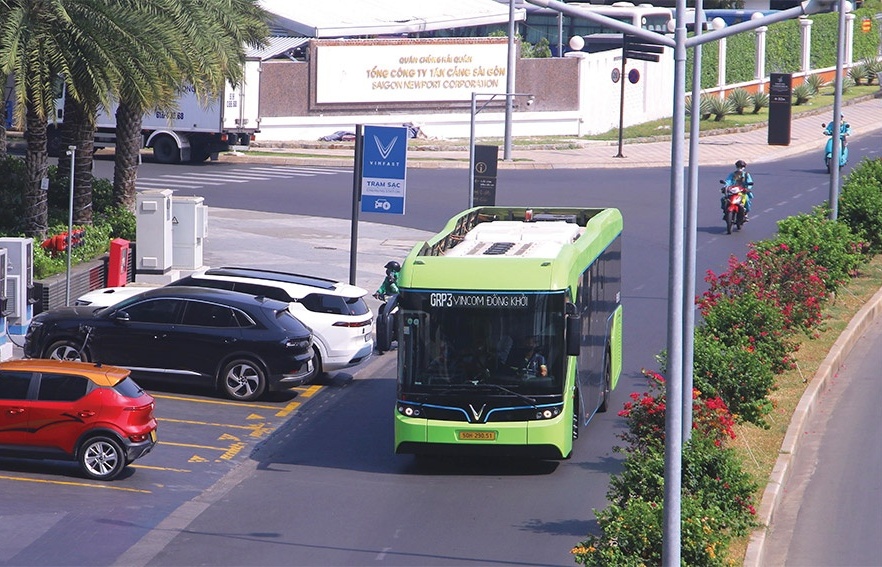
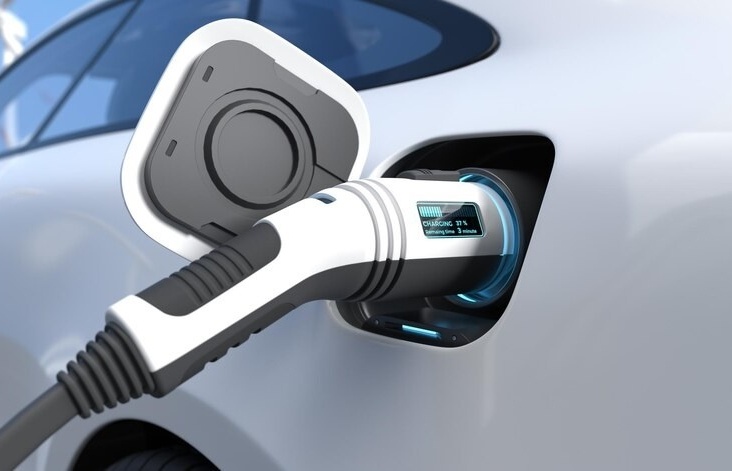
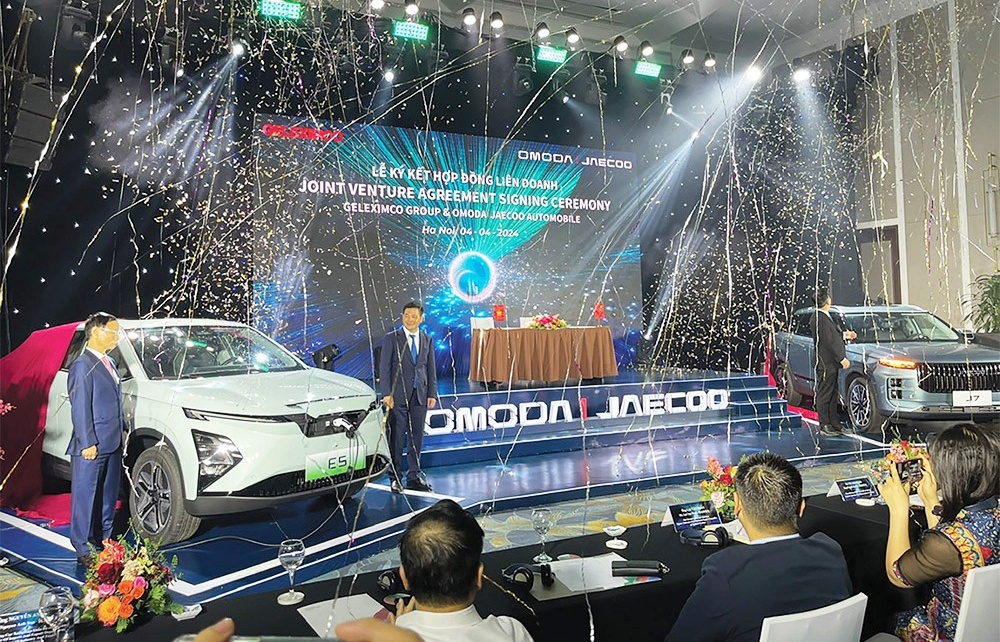
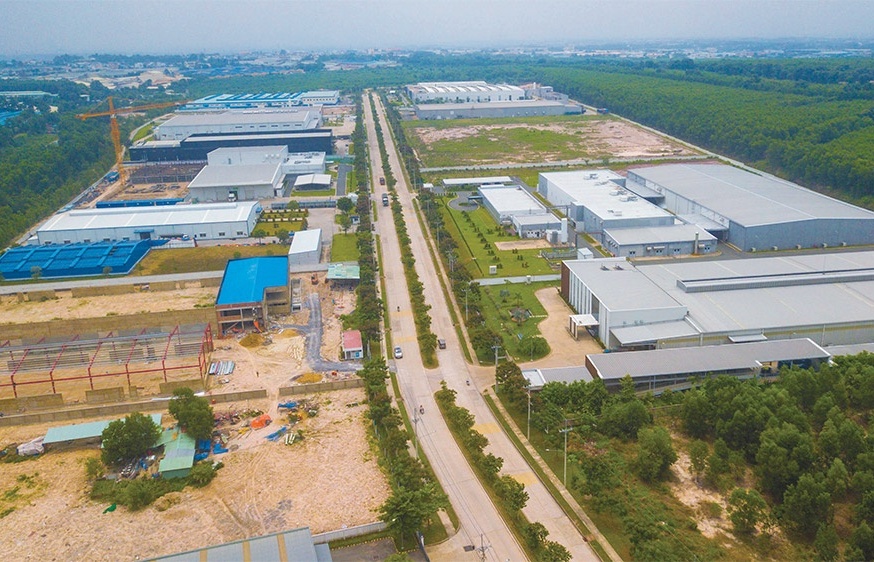



 Mobile Version
Mobile Version